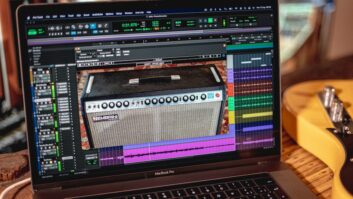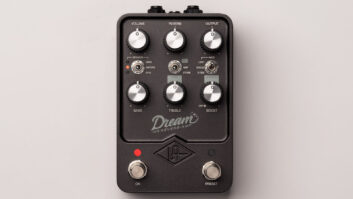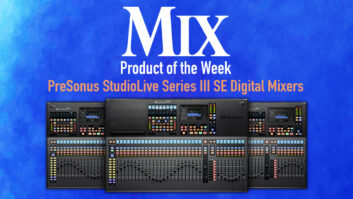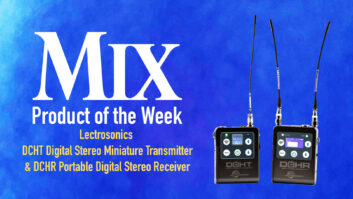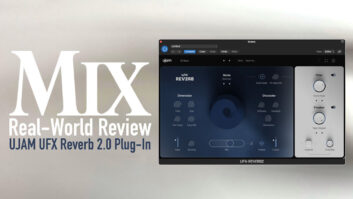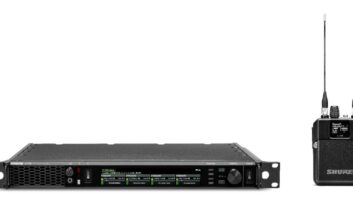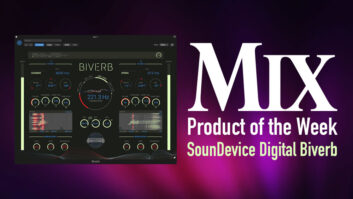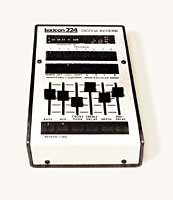
Unveiled at the AES show in 1978, the Lexicon 224 was not the first digital reverb (that honor goes to EMT’s 250), but the 224 (and its 224X and 224XL cousins) was the most ubiquitous and popular high-end studio reverb in history.
The reverb was conceived when Dr. David Griesinger, a nuclear physicist/musician/classical recording engineer, started working on a digital solution to reverb. Seeing EMT’s 250 encouraged him to merge a microcomputer with his reverb design. He pitched his rough prototype to Lexicon, which bought the invention and brought Griesinger on board to help refine the product. One of Griesinger’s concepts for the new reverb was creating a separate control unit for parameter adjustment and program access, and the Lexicon 224 was unveiled at the AES show in 1978.
The 224 reverberation system had a console-top controller with a four-rackspace brain, two inputs, four outputs and interchangeable programs to simulate chambers, plates and rooms. The 224 was “affordable”—meaning $7,500 with two programs or $7,900 with four programs. But at half the price of EMT’s 250, the 224 was a hit. Eventually, the 224 evolved into the improved 224X and 224XL, which included the LARC (Lexicon Alphanumeric Remote Control), offering fingertip access to programs and parameters, dedicated function keys and a 24-character LED.
